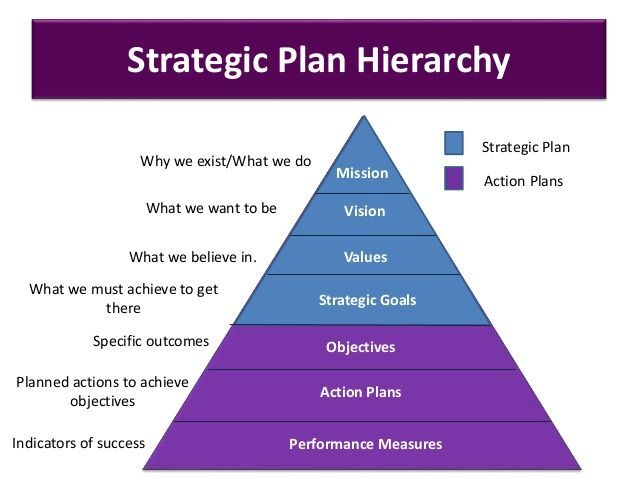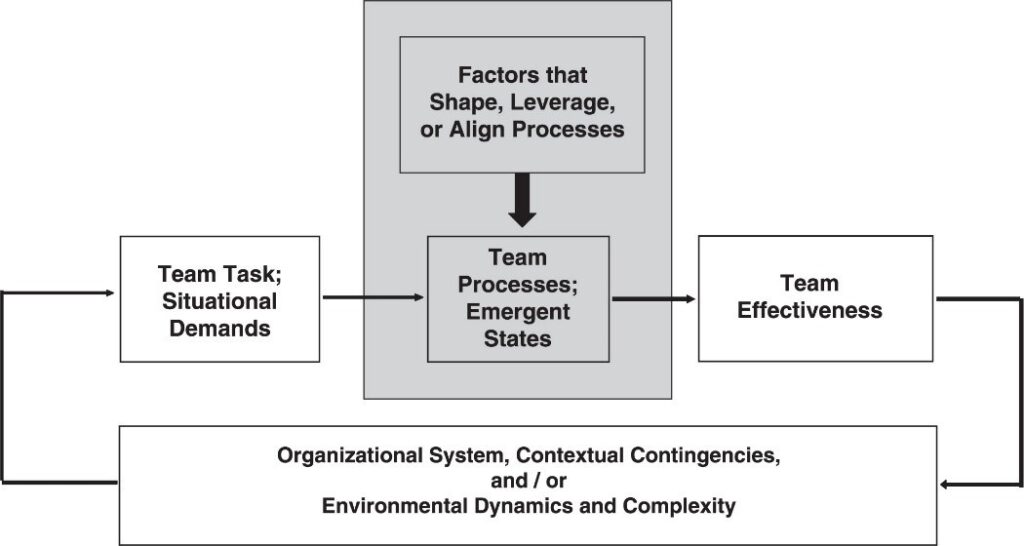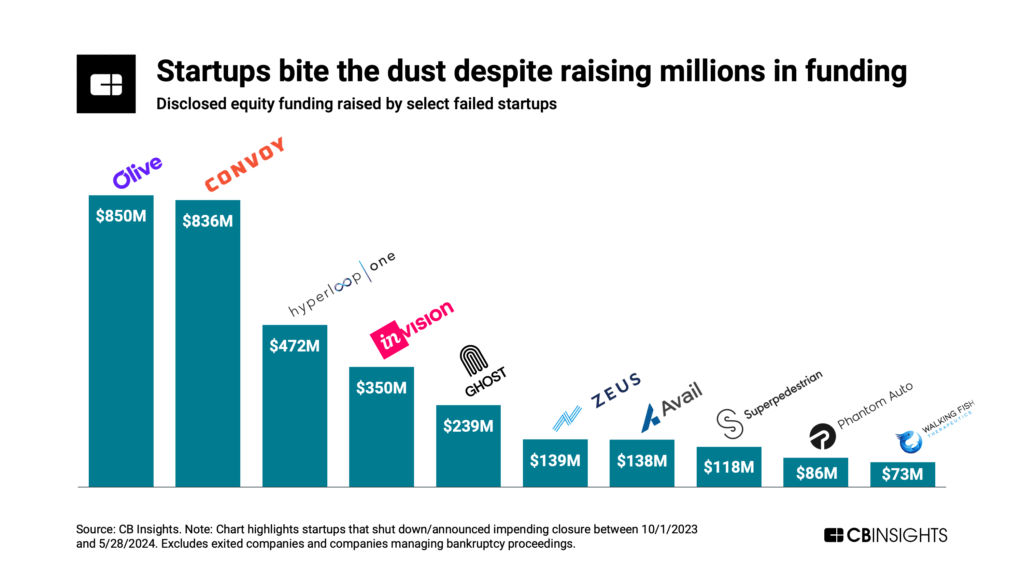
Common Management Myths That Could Sink Your Startup
Amidst the fervor of startup culture, there exists a pervasive belief that flattening hierarchies fosters innovation and agility. However, as underscored by Harvard Business School and McKinsey & Company research, the reality reveals that 65 percent of startup failures stem from leadership and team-related issues rather than technical shortcomings or funding deficits.
The notion of scaling without hierarchy exemplifies this disconnect. While appealing in theory, the absence of structured leadership often leads to operational chaos, inhibiting decision-making and impeding progress.
In the dynamic landscape of modern business, the allure of maverick management practices often clashes with operational realities—that frequently derail startups. It offers pragmatic insights for CTOs and IT directors striving for sustainable growth.
In this article, we’ll explore the key management myths hindering startup success and the implications for today’s C-suite leaders navigating complex organizational challenges, offering insights and evidence-based strategies for sustainable growth.
Scaling without hierarchy: The management myth debunked
The concept of scaling without hierarchy is deeply ingrained in the ethos of many startups, driven by a desire for agility and innovation. However, the belief that a flat organizational structure inherently fosters creativity overlooks critical operational necessities.
Renowned for its innovative culture, Google once experimented with a near-flat organizational structure. Initially, this approach aimed to replicate the agile environment of a startup, where decision-making flowed freely among teams. However, the experiment exposed unforeseen challenges—overwhelming senior executives with operational minutiae and hindering strategic alignment across departments. Ultimately, Google reintroduced hierarchical elements to streamline operations and enhance decision-making efficiency.
Similarly, Zappos embraced a radical non-hierarchical model known as ‘Holacracy’ under Tony Hsieh’s leadership. Initially celebrated for its democratic ideals and empowerment of employees, Holacracy soon encountered practical hurdles. Teams struggled with decision-making authority, leading to inefficiencies in resource allocation and strategic execution. The experience underscored the importance of balanced hierarchies in fostering operational clarity and team alignment.

Contrary to the maverick impulse to dismantle hierarchies, effective scaling often necessitates strategic hierarchy. Structured leadership facilitates clearer decision-making, accelerates operational execution, and aligns diverse teams toward common goals. For modern executives, the challenge lies in integrating hierarchical elements without stifling innovation—a delicate balance that supports organizational agility while ensuring operational robustness.
Structural harmony: Managing CEO-CTO dynamics for conflict
Another prevalent myth in startup culture is the pursuit of structural harmony—a utopian belief that minimal conflict equates to organizational health. In reality, conflict within teams and departments is not only inevitable but can be constructive when managed effectively. These structural tensions arise from divergent priorities, resource constraints, and differing perspectives on strategic direction.
CEOs and CTOs often clash over product development timelines. While CEOs prioritize rapid market entry to fulfill investor promises, CTOs advocate for thorough product refinement to uphold technical standards. Such conflicts are not merely interpersonal; they reflect essential checks and balances that prevent hasty decision-making and promote sustainable growth. Effective leadership entails acknowledging these tensions and fostering constructive dialogue to align strategic objectives.
Furthermore, product managers and engineers frequently grapple with the trade-off between speed and quality in product development. Product teams push for rapid feature releases to maintain market competitiveness, while engineering teams emphasize thorough testing and bug resolution to ensure product reliability. Recognizing these contrasting priorities and integrating them into a cohesive development strategy is pivotal for minimizing friction and maximizing productivity.

[Image Source: Sage Journals]
Rather than viewing conflict as a liability, modern executives can leverage it as a catalyst for innovation and operational refinement. By encouraging open communication, defining clear decision-making frameworks, and promoting mutual respect among teams, organizations can harness structural tensions to drive strategic alignment and achieve sustainable growth.
Sustained heroics: The pitfalls of heroic leadership
The myth of Sustained Heroics romanticizes the image of tireless founders and executives single-handedly steering their companies to success. While dedication and resilience are commendable traits, the over-reliance on heroic efforts can undermine organizational resilience and hinder team development.
Founders and early executives often embody a culture of heroism, working long hours and making critical decisions under immense pressure. While initially effective, sustained heroics create dependencies and inhibit team empowerment. Colleagues may become complacent, relying on the hero to solve problems rather than developing their skills and autonomy.
Effective leadership in modern enterprises transcends individual heroism. By prioritizing team autonomy, fostering distributed leadership, and empowering employees at all levels, executives can cultivate a resilient organizational culture capable of adapting to dynamic market conditions. Encouraging continuous learning, promoting a growth mindset, and celebrating collective achievements are essential strategies for nurturing a sustainable leadership pipeline.
Maverick management myths in the current tech arena
In tech landscape, perceptions about leadership can often be skewed by myths that don’t align with the realities of effective management. Let’s delve into four key prevalent myths surrounding maverick leadership in technology and uncover the truths that define successful leadership in this dynamic industry.
Myth 1: The “ownership”
In entrepreneurial circles, there persists a misconception that owning 100% of a venture is inherently more valuable than owning a smaller percentage. However, this belief often overlooks the strategic advantages of distributing ownership. Securing just 51% can provide the necessary resources and expertise to propel a business forward, making it far more valuable than retaining 100% of a stagnant or struggling entity.
Myth 2: The “VC funding”
Rapid growth fueled by venture capital (VC) funding is sometimes likened to a shortcut in building a successful company. However, such growth often comes with complexities and trade-offs, akin to the temporary boost of steroids. True success lies in building a sustainable business model that positively impacts customers’ lives over the long term, rather than merely pursuing rapid financial expansion.

[Image Source: CBInsights]
Olive
- Business: Offered healthcare AI solutions for automating prior authorization and clinical analysis.
- Funding: Raised $850M from Silicon Valley Bank, Google Ventures, Sequoia Capital, Tiger Global Management.
- Peak Valuation: $4B.
- Closure: Sold core units to Waystar and Humata Health in October 2023, ceased operations thereafter due to economic challenges and management issues.
Convoy
- Business: Digital freight network dubbed “Uber for trucking.”
- Funding: Secured $836M from Bill Gates, Jeff Bezos, Marc Benioff, Y Combinator, CapitalG.
- Peak Valuation: $3.8B.
- Closure: Ceased operations in October 2023 amid financial turmoil and inability to raise additional capital. Revenue dropped from $630M in 2022 to $320M by 2023.
Hyperloop One
- Business: Developed high-speed transportation system.
- Funding: Raised $472M from Virgin Group, DP World, Khosla Ventures, GE Ventures.
- Peak Valuation: $700M.
- Closure: Shut down in December 2023 due to inability to secure operational contracts and regulatory challenges. Planned asset liquidation after layoffs and failed pivot attempts.
Myth 3: The “feature-rich”
Many startups fall into the trap of believing that integrating a multitude of features into their product sets them apart. However, the critical differentiator lies not in having everything integrated, but in how effectively these features are implemented and rolled out to the market. Simply aiming to do it all can dilute focus and resources, often leading to a product that lacks clear market positioning.
Myth 4: The “technology only”
Contrary to popular belief perpetuated by tech-centric narratives, the business world extends far beyond Silicon Valley and web-based startups. Each day sees the emergence of diverse ventures, from local restaurants to innovative medical device companies and renewable energy startups. Success in business is not limited to technology; it encompasses a wide array of industries and innovations.
Also, prioritizing short-term profitability over long-term sustainability and societal impact is a common pitfall among startups. While profitability is essential for business viability, enduring success derives from creating meaningful solutions that address societal needs, enhance customer well-being, and foster community engagement.
Sustainable businesses prioritize ethical practices, environmental stewardship, and social responsibility, aiming to leave a positive legacy beyond financial metrics. By aligning financial goals with broader societal impact, entrepreneurs can build resilient enterprises that contribute positively to global progress and human well-being.
In brief
While unconventional management approaches may yield short-term gains, the long-term sustainability of startups hinges on pragmatism and strategic alignment with organizational goals. By dispelling these myths and embracing evidence-based practices, today’s executives can foster resilient, high-performing teams capable of navigating the complexities of modern business.